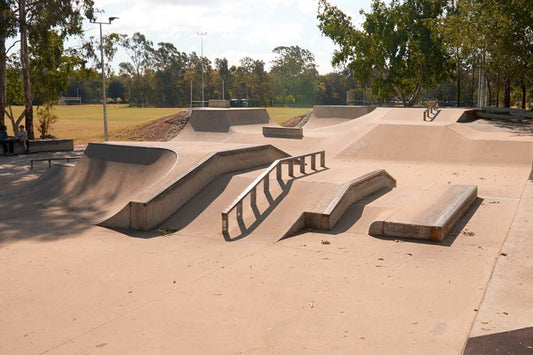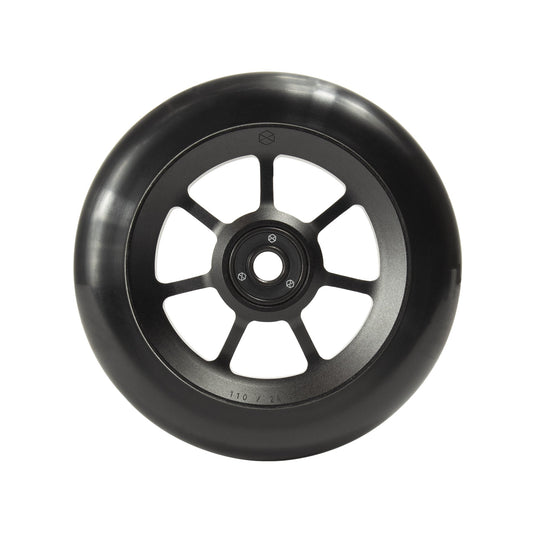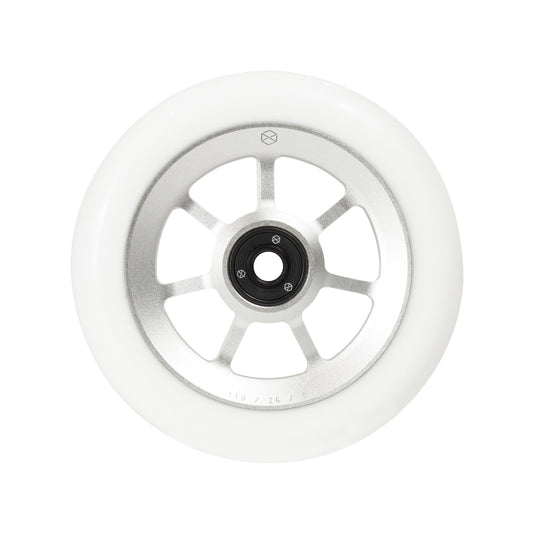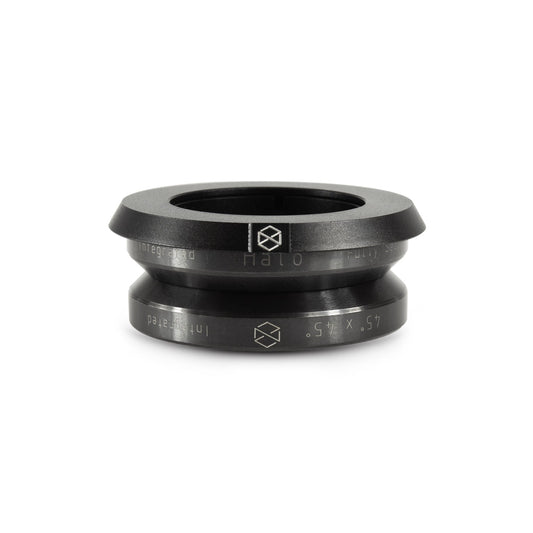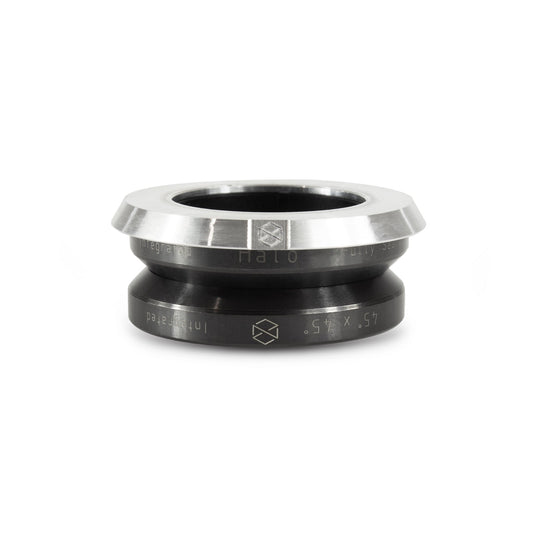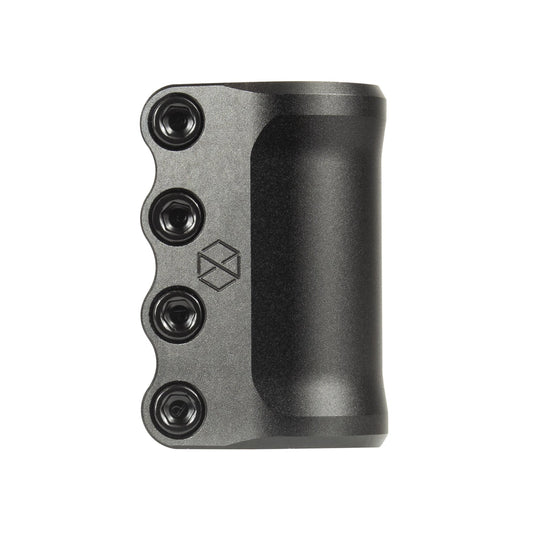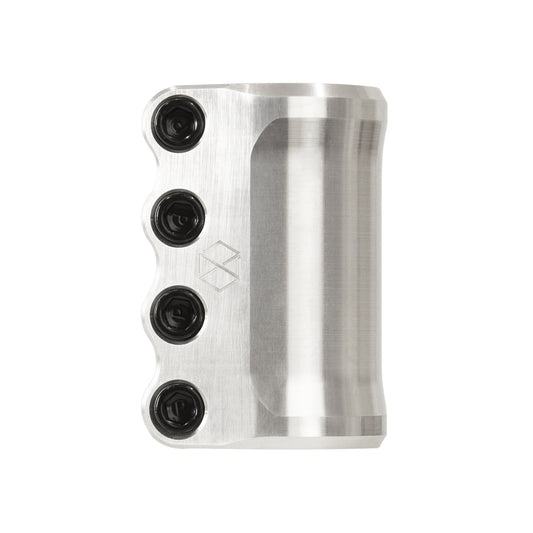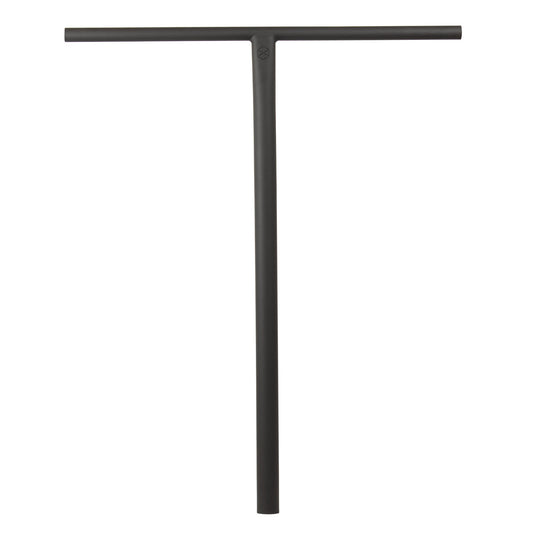Introduction to Scooter Handle Bars
Scooter Handle Bars are comprised of a horizontal tube that the rider holds onto and a vertical tube that slides into the scooter's clamp.
Materials Used in Scooter Handle Bars
The most common material for scooter handle bars is chromoly steel. Second would be aluminium, and third would be titanium.
Understanding Scooter Handle Bar Sizes
Handle bars are referred to as either Standard or Oversized. This does not reflect the bars' actual height and width dimensions.
Standard vs. Oversized Handle Bars
- Standard refers to the outer diameter of the vertical tube being 31.8mm.
- Oversized refers to the outer diameter of the vertical tube being 34.9mm.
The Impact of Material and Size on Scooter Setup
The bar's material and whether it is standard or oversized plays a crucial role in which clamp and therefore which compression a scooter setup can accommodate.
Compatibility of Steel Bars with Compression Systems
- A standard-sized steel bar can work with SCS and IHC.
- An oversized steel bar can work with any SCS that accommodates oversized bars.
- An oversized steel bar can work with HIC.
Aluminium Bars and Compression Systems
- Almost all aluminium bars are oversized by default, so they can work with any SCS that accommodates oversized bars.
- An oversized aluminium bar can work with IHC and is the most common compression system for an oversized aluminium bar.
- A standard-sized aluminium bar can only work with SCS.
Titanium Bars: A Special Case
A standard or oversized titanium bar has the same logic as a standard or oversized steel bar since titanium bars are made from the same internal and external diameters and tube thicknesses as steel.
The Role of Slits in Scooter Handle Bars
Scooter Handle Bars will sometimes come with Slits. A Slit in a scooter handlebar refers to a cut about 5mm thick on the backside of the down tube.
How to Use Slits with Compression Systems
After fitting the scooter handlebar with an HIC or IHC Clamp, you can then tighten the clamp. This process clamps the handlebar onto the compression sleeve, which is placed around the fork tube that extends from the top of the deck. Slits should only be used for bars going onto HIC or IHC setups.
Removing Slits for Different Setups
You can use an 'IHC-or-HIC to SCS shim' as a way to remove the slit from a handlebar without physically cutting them off, alternatively, you can cut the down tube down to the point that the slits are removed altogether. You can understand Slits better by reviewing how HIC and IHC systems work.
Have Questions?
If you have any questions about Scooter Handle Bars that we have not answered here, or if you have come across a piece of information you think should be added, please email contact@syndicatestore.com.au.

